Astronomers discover a black hole that shouldn’t exist.
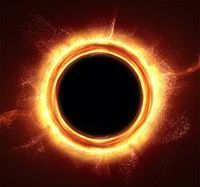

Astronomers discover a black hole that shouldn’t exist.
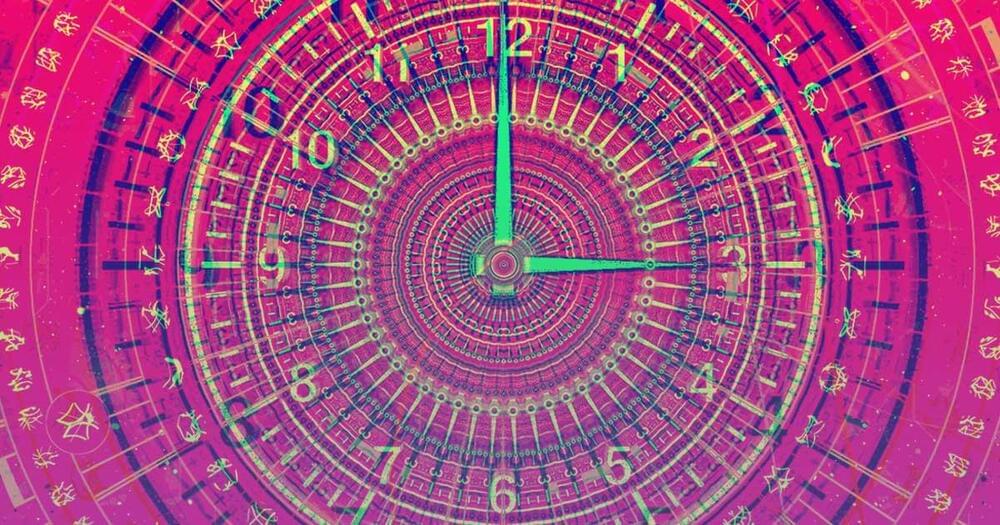
If you were to travel back in time to kill your grandparents — let’s ignore the ‘why’ here, for the sake of argument — you would never have been born. Which means there was nobody to kill your grandparents. Which means you were actually born after all, which… hold up, what’s going on here?!
These kinds of brain-breaking paradoxes have been puzzling us forever, inspiring stories ranging from “Back to the Future” to “Hot Tub Time Machine.”
Now, New Scientist reports that physicists Barak Shoshany and Jacob Hauser from the Perimeter Institute in Canada have come up with an apparent solution to these types of paradoxes that requires a very large — but not necessarily infinite — number of parallel universes.
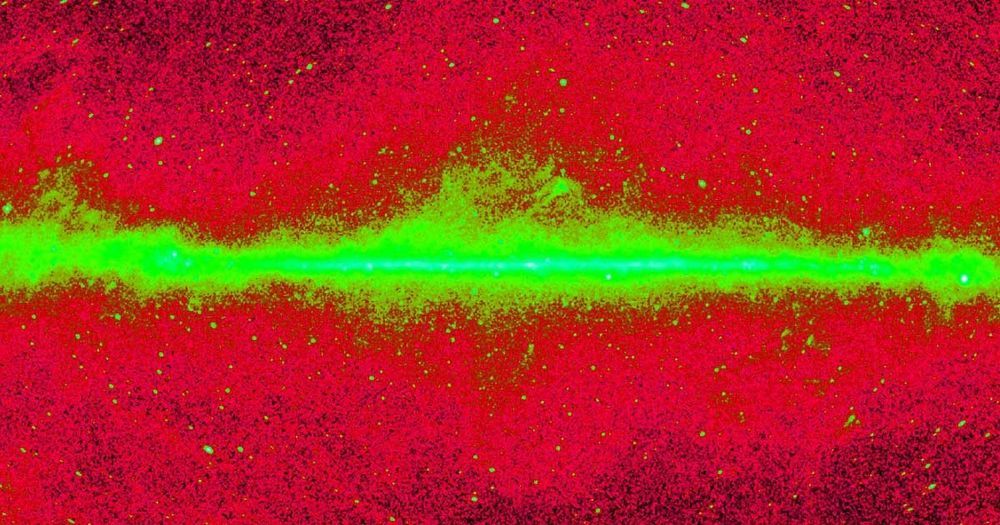

Our home galaxy has a new, super-precise mass measurement: about 890 billion times the mass of our sun. That’s 3.9 tredecillion lbs. (1.8 tredecillion kilograms), a tredecillion being a 1 with 42 zeros after it, or 1,000,000,000,000,000,000,000,000,000,000,000,000,000,000. That amounts to about 6 billion billion billion elephants, 296 quadrillion Earth masses or 135 times the mass of the supermassive black hole in the image released back in April.
Measuring the Milky Way’s mass presents some unusual difficulties, because we live in it. There’s no way to stick galaxies on scales, so researchers typically “weigh” galaxies by tracing the movements of stars inside the galaxies, which can reveal how the galaxy’s gravity is influencing those stars. But while anyone with a reasonably good telescope can spot the full Andromeda galaxy, most of the body of the Milky Way is hidden from us.
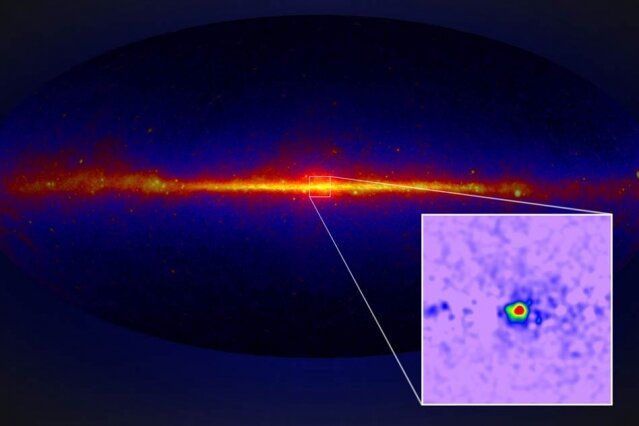
MIT physicists are reigniting the possibility, which they previously had snuffed out, that a bright burst of gamma rays at the center of our galaxy may be the result of dark matter after all.
For years, physicists have known of a mysterious surplus of energy at the Milky Way’s center, in the form of gamma rays—the most energetic waves in the electromagnetic spectrum. These rays are typically produced by the hottest, most extreme objects in the universe, such as supernovae and pulsars.
Gamma rays are found across the disk of the Milky Way, and for the most part physicists understand their sources. But there is a glow of gamma rays at the Milky Way’s center, known as the galactic center excess, or GCE, with properties that are difficult for physicists to explain given what they know about the distribution of stars and gas in the galaxy.


These could definitely exist and their fuel is everywhere.
The dark-matter engines are engines created by Professor Farnsworth for the Planet Express ship. Fueled by dark matter, the engines allow the ship to travel vast distances very quickly by moving the universe around the ship (rather than the ship around the universe). The Professor also has an emergency engine, though he may have pawned it. As of Bender’s Game these have been converted to use whale oil.
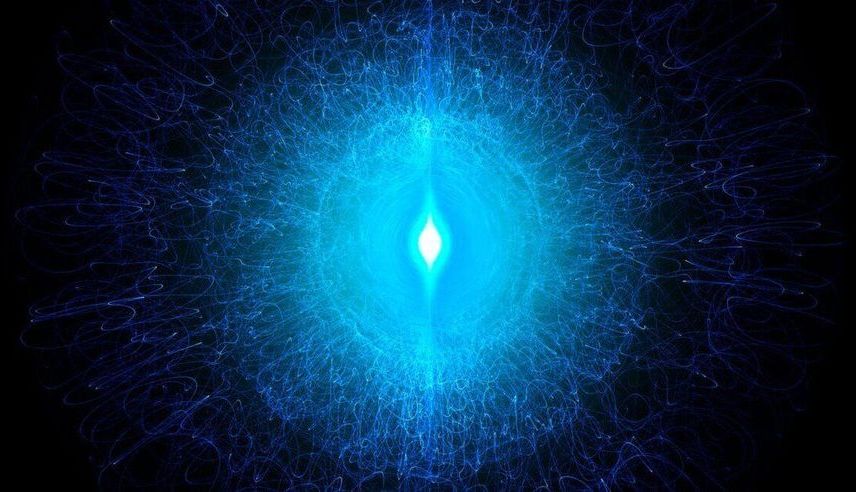
A team of scientists in Hungary recently published a paper that hints at the existence of a previously unknown subatomic particle. The team first reported finding traces of the particle in 2016, and they now report more traces in a different experiment.
If the results are confirmed, the so-called X17 particle could help to explain dark matter, the mysterious substance scientists believe accounts for more than 80% of the mass in the universe. It may be the carrier of a “fifth force” beyond the four accounted for in the standard model of physics (gravity, electromagnetism, the weak nuclear force and the strong nuclear force).
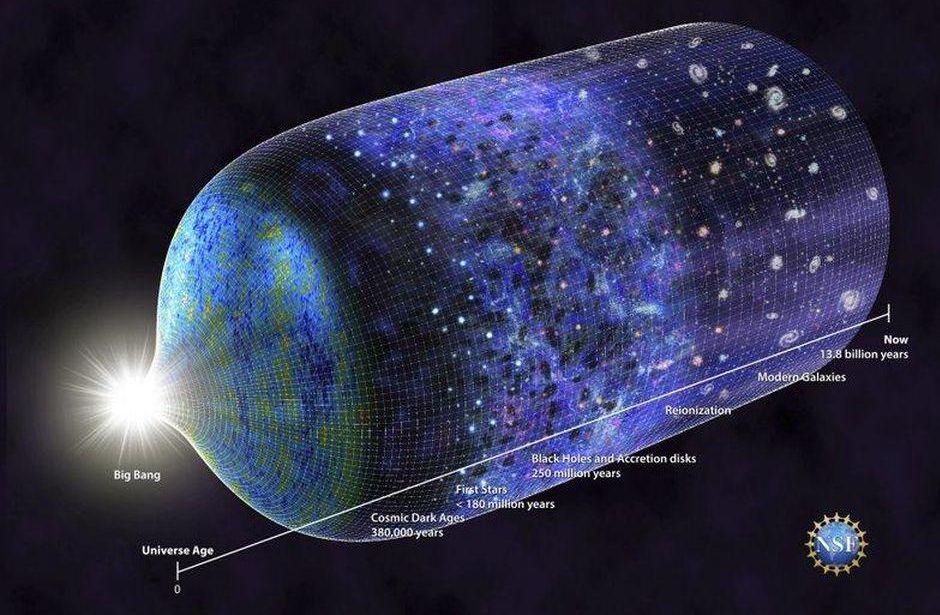
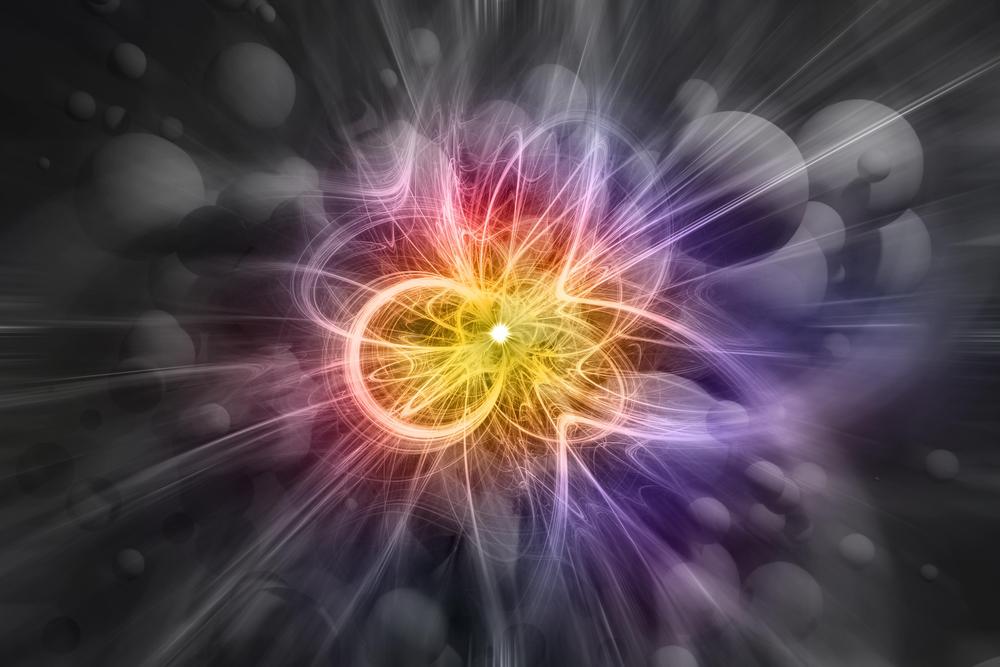
So where did the antimatter go?
This question is one of the biggest mysteries of modern science, and the answer is unknown. Something happened in the earliest moments of the universe to make the antimatter disappear. From our best current measurements of the primordial radiation of the Big Bang (called the cosmic microwave background radiation, or CMB), something tilted the scales in favor of matter, with the ratio of for every three billion antimatter particles, there were three billion and one matter particles. The two sets of three billions cancelled and made the CMB, and the remaining tiny amount of matter went on to form the stars and galaxies that we see in our telescopes today. For this to happen, some physical process had to favor matter over antimatter.
While Einstein’s theory says that matter and antimatter should exist in exactly equal quantities, in 1964, researchers found that a class of subatomic particles called quarks slightly favor matter over antimatter. Quarks are found inside the protons and neutrons at the center of atoms. While this was an important observation, the differences between matter and antimatter quarks were too small to explain the dominance of matter we see in the universe.